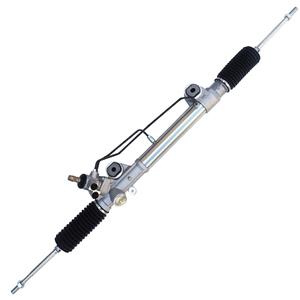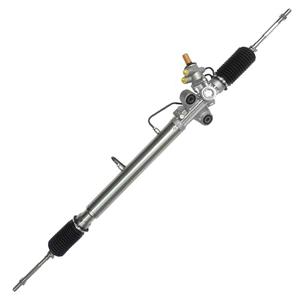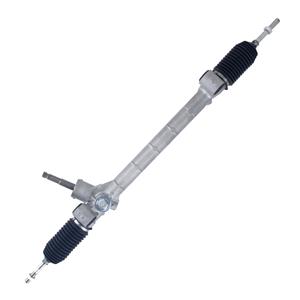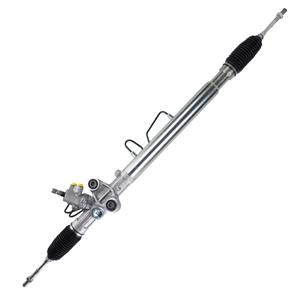-
Mercedes-Benz uses EPS in many of its models, especially in more economical car series such as the A-Class and B-Class, where electric power steering is more commonly used. At the same time, high-end models such as the E-Class and S-Class are gradually transitioning to EPS to improve fuel efficiency and reduce maintenance costs.
-
Continuously adding new fluid to delay repairs will cause car owners to ignore the seriousness of the problem. Once the hydraulic fluid in the power steering system is completely exhausted, the driver may suddenly lose steering assistance, especially when driving at low speeds, and the steering will become extremely heavy, making driving more difficult and dangerous.
-
General Motors has used hydraulic power steering technology on many classic models, such as Chevrolet, Cadillac and other brands, but General Motors has gradually applied electric power steering technology to many of its models since around 2010.
-
The electric power steering system has: Electrical failure Motor failure Electronic control unit (ECU) failure Sensor failure Mechanical failure Environmental factors Improper maintenance
-
When the driver turns the steering wheel, the steering shaft is connected to the rack through the gear. The turning force applied by the driver is transmitted to the rack through the gear, which then pushes the rack to move along the axial direction. The movement of the rack drives the steering connection components, which in turn causes the wheels to turn.
-
When the system fails, steering wheel operation becomes extremely difficult, especially when driving at low speeds or parking. This is because without the hydraulic power assistance, the driver needs to rely entirely on their own strength to turn the steering wheel, and without the help of the hydraulic system, the amount of force required to turn the steering wheel may increase significantly.
-
Amber or light yellow power steering fluid is usually a mineral oil-based power steering fluid. This fluid is usually a clear light yellow or light amber color when new, and it may gradually darken to a darker amber or brown color over time.
-
Although hydraulic power steering racks were once the mainstream choice for automotive steering systems, with the advancement of electronic technology, other types of steering systems have gradually occupied an important position in the market. However, this does not mean that hydraulic power steering racks have been completely eliminated.
-
Improved energy efficiency A significant advantage of the electric power steering rack is its higher energy efficiency. Unlike hydraulic systems, the electric power steering system only activates the electric motor to provide assistance when steering assistance is needed.
-
The launch of the power steering system is an important part of its innovation history. General Motors officially launched the power steering system in 1951, and it was first used in some models of the Cadillac brand.




